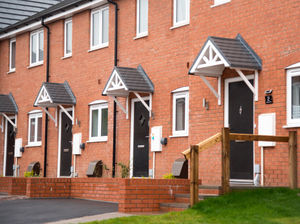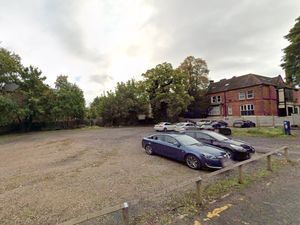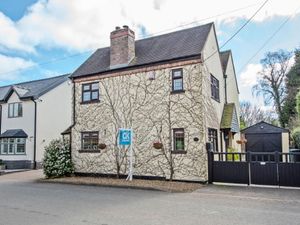Clearing social housing waiting lists in the West Midlands 'could take almost five years'
It could take almost five years to clear social housing waiting lists in the West Midlands, a housing provider has warned.

Households in the region could have to wait just under five years before being able to live in an affordable social home – even if no new households joined the waiting list, according to new analysis of the latest affordable housing figures by GreenSquareAccord (GSA), one of England’s largest providers of housing and care.
Analysis by the National Housing Federation (NHF) found that while 64,382 households were on the waiting list for social housing, only 13,579 new social housing lettings were available in 2022/23.
GSA said at the current rate of lettings, and if no new households joined the list, it could take five years before every household currently on the waiting list can move into a suitable home that they can afford.
The shortage of affordable homes in the West Midlands means that more and more people have had to turn to living in expensive, insecure private rented homes, the housing provider said.
NHF research from 2019 revealed that nearly half of children in private rented homes are living in poverty.
GSA is joining the NHF’s call for political parties to commit to a long-term national plan to solve the housing crisis to support the thousands of households in the West Midlands in desperate need of a safe, suitable and affordable home.
Ruth Cooke, GSA’s chief executive said: “Even though at GSA we are proud to play our part in addressing the chronic shortage of affordable and social housing in the West Midlands, it is clear that the challenge is huge.
“Analysis by the NHF shows that even if the waiting lists for social housing were closed today, it would take five years to meet the current level of demand.
“But this is a crisis that can be solved. Housing associations are ambitious to do more to tackle this crisis, but it will take a long-term commitment from local and national governments to address.
"With a long-term plan in place, by 2035 we could fix child homelessness; halve overcrowding; provide the security of a social home for one million more people; ensure a warm and decent home for seven million more families; improve affordability and boost productivity by ensuring every region has the homes it needs to grow.”





